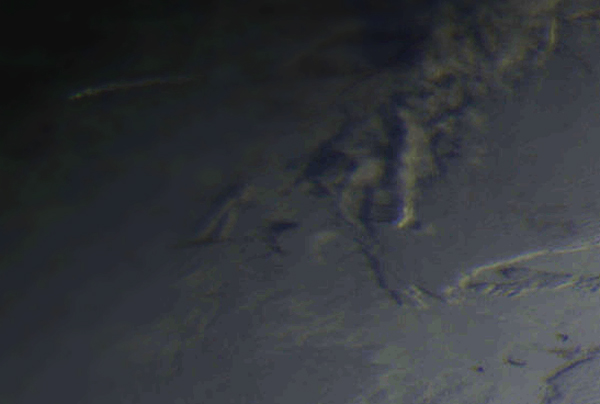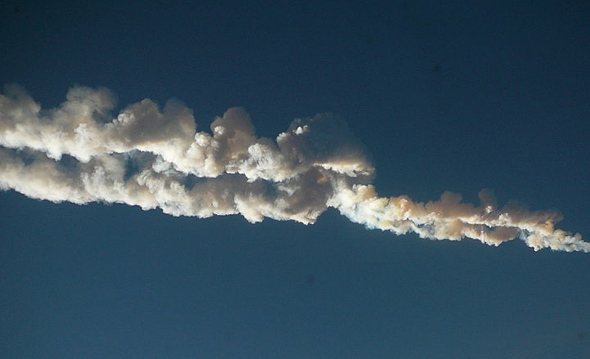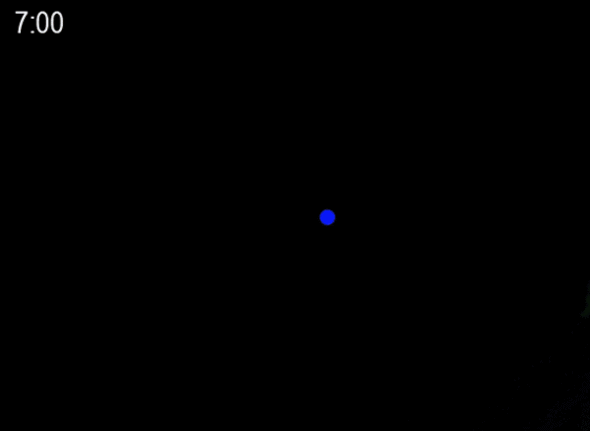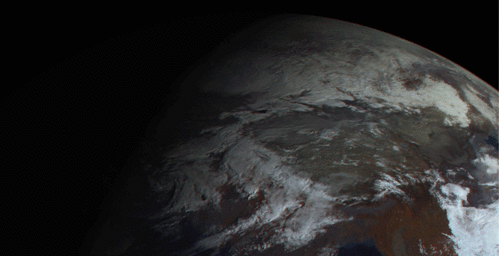The Smoky Trail of a Russian Asteroid Impact Seen From Space
On Feb. 15, the Earth was hit by the largest asteroid impact it had seen in a century: A 17-meter rock screamed in over central Russia, underwent tremendous pressure as it plowed through our atmosphere 20 times faster than a rifle bullet, and exploded at a height of 23 kilometers (14-plus miles) above the ground. The shock wave blew out windows in the nearby city of Chelyabinsk, injuring a thousand people from flying glass.
Pictures and videos of the event from people in Chelyabinsk abound. The vapor trail left behind lingered for hours, and a few satellites were also able to capture it (such as, for example, METEOSAT-9).
We can add another one to the list: Elektro-L, a Russian Earth-observing satellite (sometimes also spelled “Electro-L,” transliterated from Russian). Elektro-L is in geosynchronous orbit, circling Earth once every 24 hours. From its vantage point, 36,000 km (22,000 miles) above the planet’s surface, the Earth appears motionless, the satellite moving around the world at the same speed the Earth turns. It stares perpetually down at us, centered on the equator a few thousand kilometers south of India.
That view includes Russia, and on that morning of Feb. 15, Elektro-L saw the meteor vapor trail:
That animated picture was put together by journalist Vitaliy Egorov, who wrote a detailed and fascinating description of how he got the images on his own blog, which has also been translated on the Planetary Society blog. The earliest shots of the Chelyabinsk event from Elektro-L weren’t public, but Egorov managed to get them and create that animation. He also sent me one that shows a much wider view of the Earth, in color:
The animation plays first, and then repeats with the vapor trail highlighted. Images like these are pretty useful; big impacts like Chelyabinsk only happen statistically every century or so, and this is the first one where we’ve had detailed observations. Asteroids are a real threat, and although rare, are something we must take seriously. Scientifically they’re fascinating, but they pose a risk to our civilization. Every piece of information we can get will help us understand this event better.





